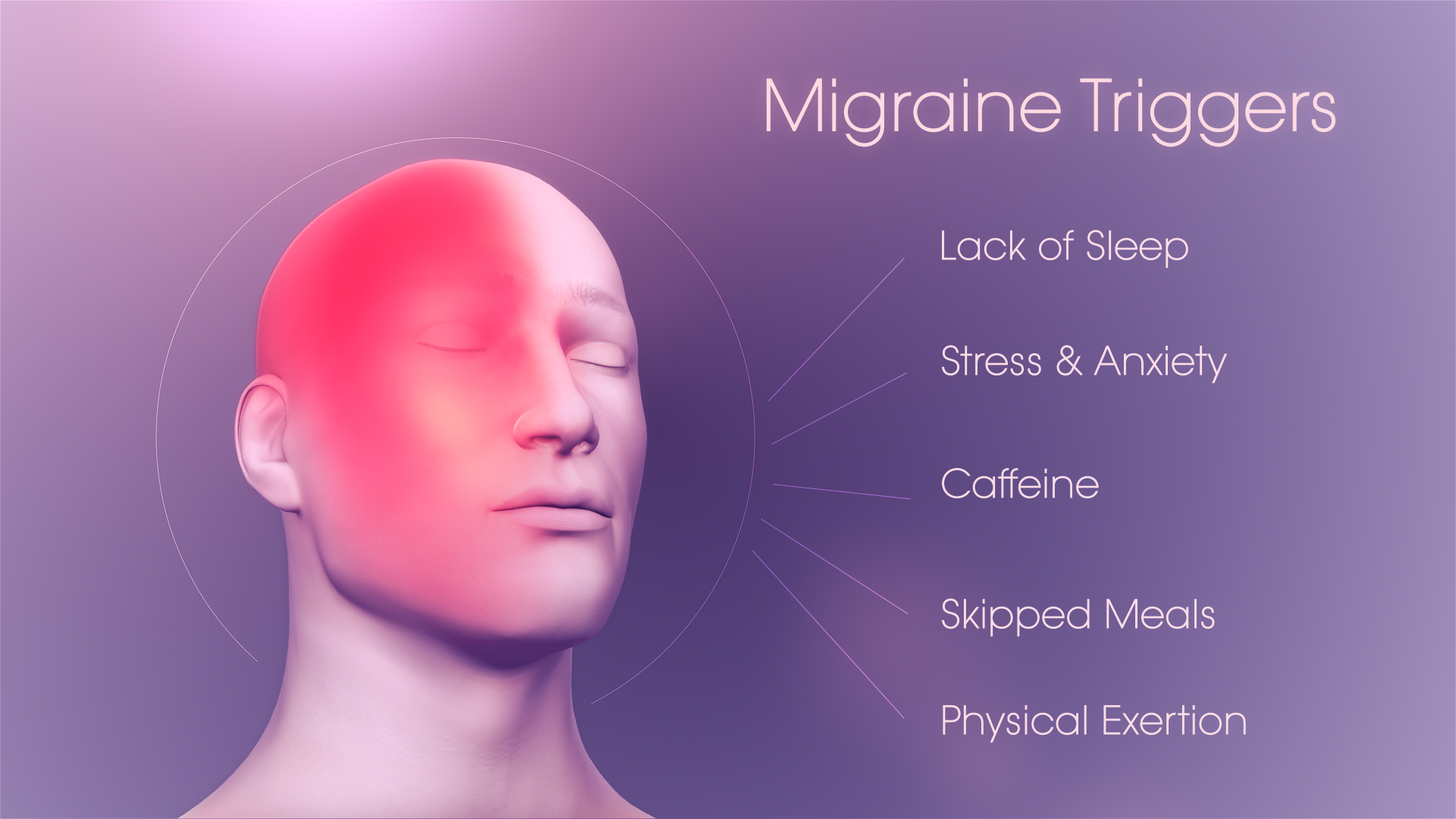Migraines are more than just a bad headache; they are a complex neurological condition that affects millions of people worldwide. Characterized by severe, often debilitating pain, migraines can significantly impact quality of life. Understanding what migraines are, their triggers, symptoms, and ways to manage them is crucial for those who suffer from this condition. In this blog, we will explore the intricacies of migraines and provide insights into effective management strategies.

What Are Migraines?
Migraines are a type of primary headache disorder that typically present as intense, throbbing pain, usually on one side of the head. They are often accompanied by other symptoms, such as nausea, vomiting, and sensitivity to light and sound. Unlike regular headaches, migraines are more than just a painful sensation—they are a neurological event that involves changes in brain activity and chemistry.
Symptoms of Migraines
Throbbing Pain: Often localized to one side of the head, though it can occur on both sides. Nausea and Vomiting: Many people experience gastrointestinal symptoms along with headache pain. Sensitivity to Light and Sound: Migraines can make normal light and noise levels feel overwhelming. Aura: Some individuals experience aura before the onset of a migraine, which may include visual disturbances like flashing lights or blind spots, as well as tingling or numbness in the limbs.
Causes and Triggers
The exact cause of migraines is not fully understood, but they are believed to involve a combination of genetic, environmental, and neurological factors. Some common triggers include:
Hormonal Changes: Women may experience migraines related to menstrual cycles, pregnancy, or menopause due to fluctuating hormone levels. Dietary Factors: Certain foods and beverages, such as caffeine, alcohol, and aged cheeses, can trigger migraines in some individuals. Stress: Emotional or physical stress is a well-known migraine trigger. Sleep Patterns: Irregular sleep or lack of sleep can precipitate migraines. Environmental Changes: Bright lights, strong odors, or changes in weather can trigger episodes.
Diagnosing Migraines
Diagnosing migraines typically involves a detailed medical history and physical examination. A healthcare provider may ask about the frequency, duration, and characteristics of your headaches, as well as any associated symptoms. In some cases, imaging tests or other diagnostic procedures may be necessary to rule out other conditions.
Treatment and Management
Effective management of migraines often requires a combination of lifestyle changes, medications, and alternative therapies. Here are some strategies to consider:
1. Lifestyle Modifications
Identify and Avoid Triggers: Keeping a migraine diary can help identify personal triggers and develop strategies to avoid them. Manage Stress: Techniques such as mindfulness, yoga, and regular exercise can help reduce stress, a common migraine trigger. Maintain a Regular Sleep Schedule: Consistent sleep patterns can help prevent migraines.
2. Medications
Acute Treatments: Over-the-counter pain relievers like ibuprofen or aspirin can be effective for mild to moderate migraines. For more severe attacks, prescription medications such as triptans or ergotamines may be needed. Preventive Medications: If migraines are frequent, doctors may prescribe medications to reduce their frequency and severity. These can include beta-blockers, anticonvulsants, or antidepressants.
Alternative Therapies
Acupuncture: Some people find relief from migraines through acupuncture, which involves inserting thin needles into specific points on the body. Biofeedback: This technique teaches individuals to control physiological functions such as muscle tension and heart rate to reduce migraine frequency. Cognitive Behavioral Therapy (CBT): CBT can help manage the psychological aspects of chronic migraine pain and improve coping strategies.
Conclusion
Migraines are a complex and challenging condition that can significantly impact daily life. While the exact cause remains unclear, understanding potential triggers, symptoms, and effective management strategies can help mitigate the impact of migraines. With the right combination of lifestyle changes, medications, and alternative therapies, many people with migraines can achieve better control over their condition and improve their quality of life. If you experience frequent or severe migraines, consult a healthcare provider to develop a personalized treatment plan and find the relief you need.















Comments
Leave a comment